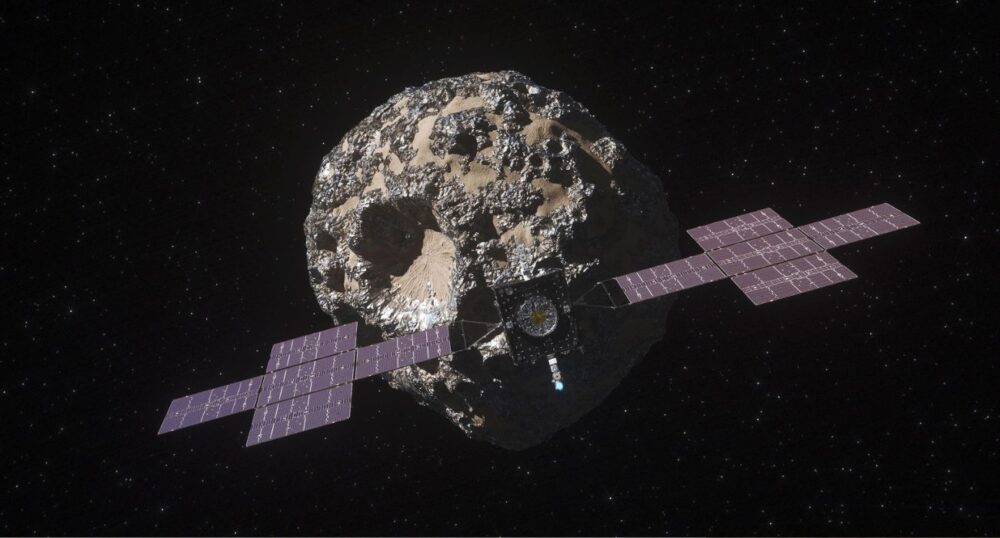NASA’s Psyche spacecraft has sent its first images and data back to Earth.
Scientists are dubbing these new images “first light.”
NASA announced on Wednesday that it had received the first images and data from the craft after activating its twin cameras on Monday. Scientists intended to test the craft’s systems before it reached its destination and calibrate them as needed before its arrival.
Psyche captured a total of 68 images of stars in the same field as the Pisces constellation. Images shared by NASA show dozens of stars in Psyche’s field of vision.
Jim Bell, imager instrument lead for the Psyche mission, said that he and the team are looking forward to sharing future visuals from the spacecraft,
“These initial images are only a curtain-opener,” said Bell. “For the team that designed and operates this sophisticated instrument, first light is a thrill. We start checking out the cameras with star images like these, then in 2026 we’ll take test images of Mars during the spacecraft’s flyby. And finally, in 2029 we’ll get our most exciting images yet – of our target asteroid Psyche.”
Images of deep space are not the only data points that Psyche sent back to Earth. NASA scientists also activated the craft’s magnetometer in late October and documented a solar eruption.
Although this instrument is intended to measure the magnetism of the Psyche asteroid, scientists believe that the data gathered indicates that the craft is “magnetically ‘quiet'” and that the instrument can measure small magnetic fields with precision.
The Psyche spacecraft launched aboard a SpaceX Falcon Heavy rocket from Kennedy Space Center in Florida in October. The craft will travel about 2.2 billion miles over six years to the asteroid of the same name located between Mars and Jupiter, as previously reported by The Dallas Express.
Psyche is expected to arrive at the asteroid, which scientists believe is mainly composed of metal, in 2029 and conduct a 26-month-long investigation. On November 8, the craft achieved a new record for the first-ever use of Hall-effect thrusters — a type of electrostatic electric propulsion — in deep space, firing two of the four thrust engines.
Eight weeks into its journey, Psyche has already traveled 16 million miles from the Earth, according to NASA.

